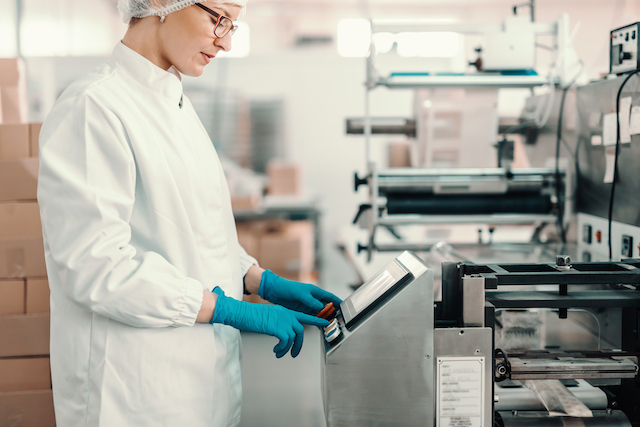
Sterility testing of samples within a batch can identify the presence of any viable microorganisms in materials.
During the production of any biopharmaceuticals, contaminating microorganisms can enter the process at various stages. Once introduced, fungi or bacteria can replicate fast, severely compromising the final product. The presence of these microorganisms in vaccines or other types of biopharmaceuticals can spoil the product and pose a severe risk to patient health. There are tests in place to make sure that contamination hasn’t occurred. This is determined through sterility testing of samples within a batch to identify the presence of any viable microorganisms in the materials. The proof of sterility is a part of the documentation required to release any biopharmaceuticals from labs. Read on to learn more.
How Does Contamination Happen?
There are various sources of contamination during the production process of biopharmaceuticals. This includes any raw materials, personnel, equipment, and the manufacturing environment. Traditional agencies provide guidance for reducing the risks of introducing fungal or bacterial contamination, including the use of sterilizing techniques on any raw materials, ensuring aseptic conditions through implementing GMP. However, despite these precautions, it isn’t possible to eliminate the risk. As such, it is required to test regularly for sterility during the manufacturing process.
Methods of Sterility Testing in the Lab
Determining sterility involves the use of testing material to inoculate media that supports any microbial growth. Following the inoculation, the media is monitored for 14 days for any visual signs of fungal or bacterial contamination. If change is seen, this can be confirmed using some agar plates and the microorganism identified. This might help understand how a lab product might have been compromised. Sterility testing can be performed using one or two different methods, membrane filtration or direct inoculation. For direct inoculation, the testing material is aseptically added to inoculate the media. For the membrane filtration process, the testing material is passed through a size-exclusion membrane that is capable of retaining microorganisms. From here, the membrane filtration method is highly recommended for accommodating larger volumes of testing material when the test material contains substances that might inhibit the growth of any microorganisms, like antibiotics.
How Many Materials Are Required for Testing?
The amount of material and the minimal number of samples to test out is dependent on the amount and size of the vials produced from each batch that has been manufactured. Sartorius lab standards can provide guidelines and advice for the number of samples required for lot release.
FOR ALL LAB EQUIPMENT AND LAB NEEDS, CONTACT LAB PEOPLE TODAY
The Lab People Inc. is a trusted provider of laboratory equipment, services, supplies, and rental equipment for you and your laboratory. As an ISO 17025 accredited service organization, we stand behind our services with 100% satisfaction guaranteed for all of our customers. We are here to provide you with the best lab equipment service, equipment, and supplies.
For more information about how we can assist you, visit our website, email us, or give us a call at 1-800-296-2001!
Do not forget to follow us on Facebook, Twitter, and Linkedin!